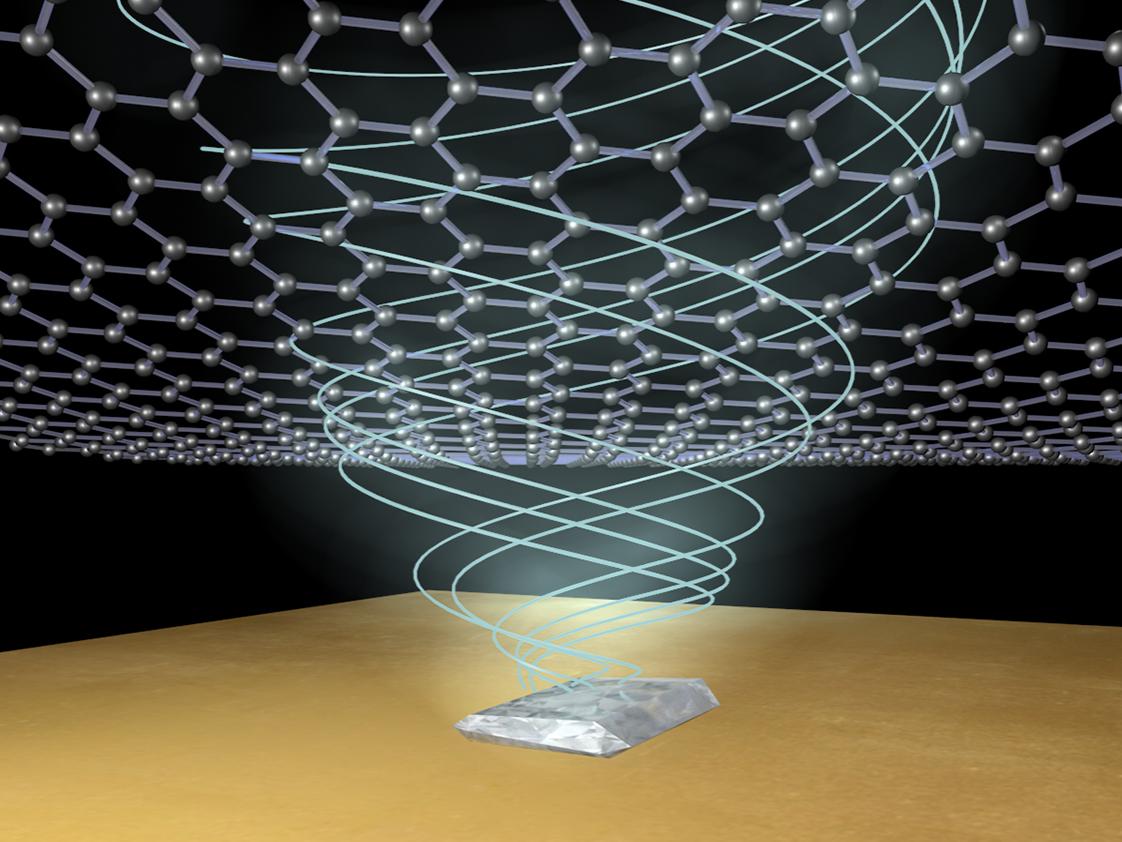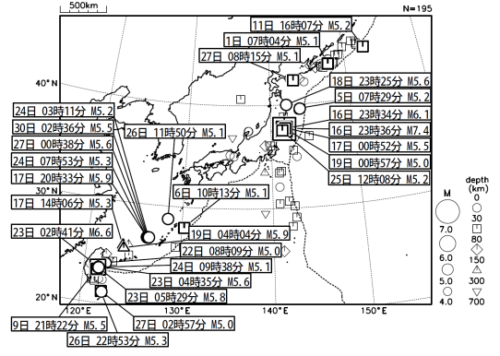微細な制御により「並外れた」デバイスを実現、将来のオプトエレクトロニクスに示唆を与える、と研究者は述べている。 Finely controlled approach enables ‘exceptional’ devices; has implications for future optoelectronics, researchers say
2022-04-08 ペンシルベニア州立工科大学
 An international research team developed an electrically tunable platform comprising a gold-foil bottom electrode and a top graphene mirror, sandwiching sugar molecules in a liquid
An international research team developed an electrically tunable platform comprising a gold-foil bottom electrode and a top graphene mirror, sandwiching sugar molecules in a liquid
この研究成果は、光の生成、制御、感知をより向上させる光電子工学技術を発展させ、無線通信に影響を与える可能性があるとしています。研究チームは、マイクロ波と赤外線の中間の周波数に存在するテラヘルツ波を制御する方法を実証した。この成果は、高速通信ネットワークのための5Gを超える無線技術の開発に貢献する可能性があります。
<関連情報>
- https://www.psu.edu/news/engineering/story/researchers-engineer-electrically-tunable-graphene-device-study-rare-physics/
- https://www.science.org/doi/10.1126/science.abn6528
電気的に調整可能な例外点特異性を用いたテラヘルツ光のトポロジカルエンジニアリング Topological engineering of terahertz light using electrically tunable exceptional point singularities
M. SAID ERGOKTAS,SINA SOLEYMANI,NURBEK KAKENOV,KAIYUAN WANGTHOMAS B. SMITH,GOKHAN BAKANSINAN BALCI,ALESSANDRO PRINCIPI,KOSTYA S. NOVOSELOV,SAHIN K. OZDEMIR AND COSKUN KOCABAS
Science Published:7 Apr 2022
DOI: 10.1126/science.abn6528
Abstract
The topological structure associated with the branch point singularity around an exceptional point (EP) can provide tools for controlling the propagation of light. Through use of graphene-based devices, we demonstrate the emergence of EPs in an electrically controlled interaction between light and a collection of organic molecules in the terahertz regime at room temperature. We show that the intensity and phase of terahertz pulses can be controlled by a gate voltage, which drives the device across the EP. Our electrically tunable system allows reconstruction of the Riemann surface associated with the complex energy landscape and provides topological control of light by tuning the loss imbalance and frequency detuning of interacting modes. Our approach provides a platform for developing topological optoelectronics and studying the manifestations of EP physics in light–matter interactions.



